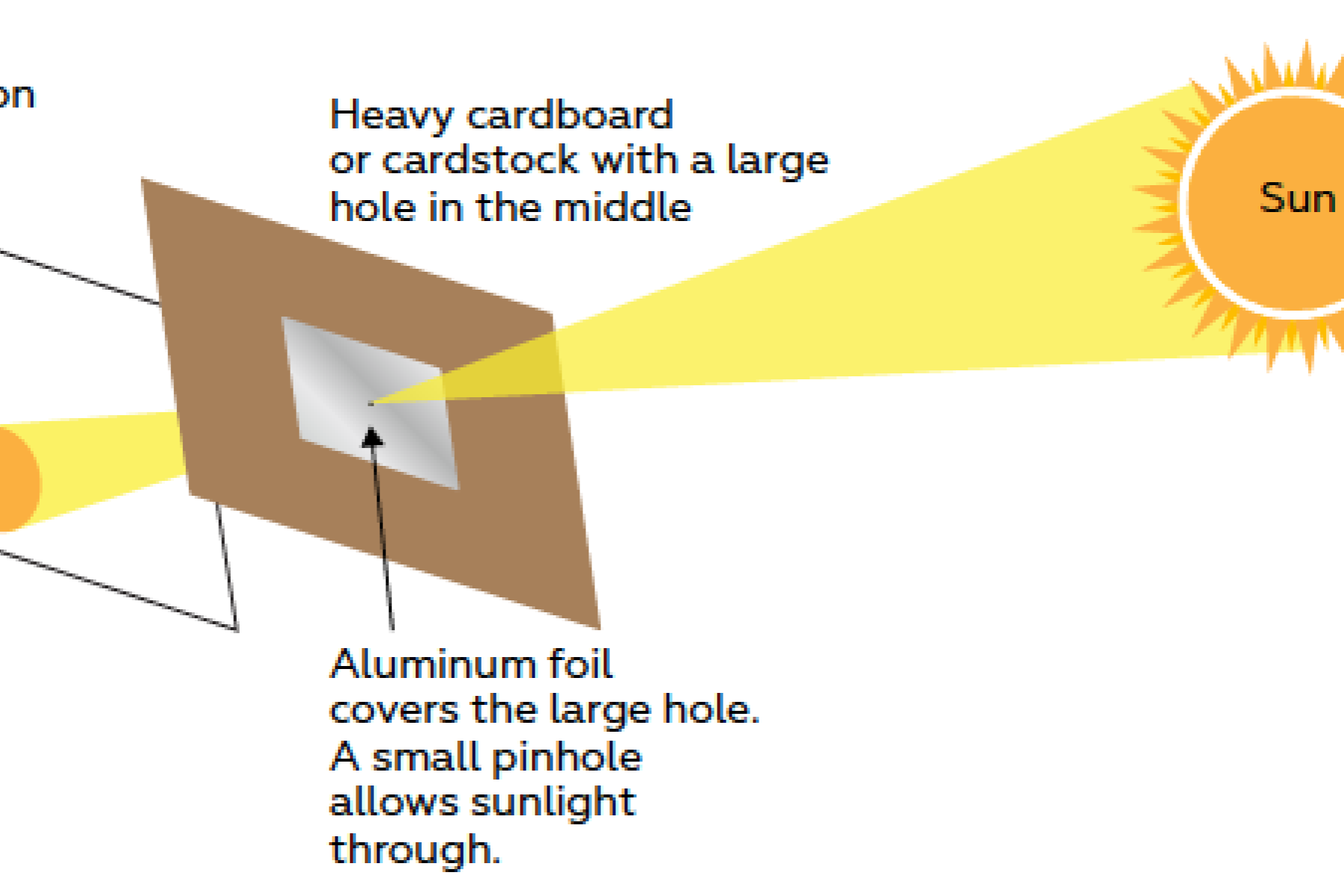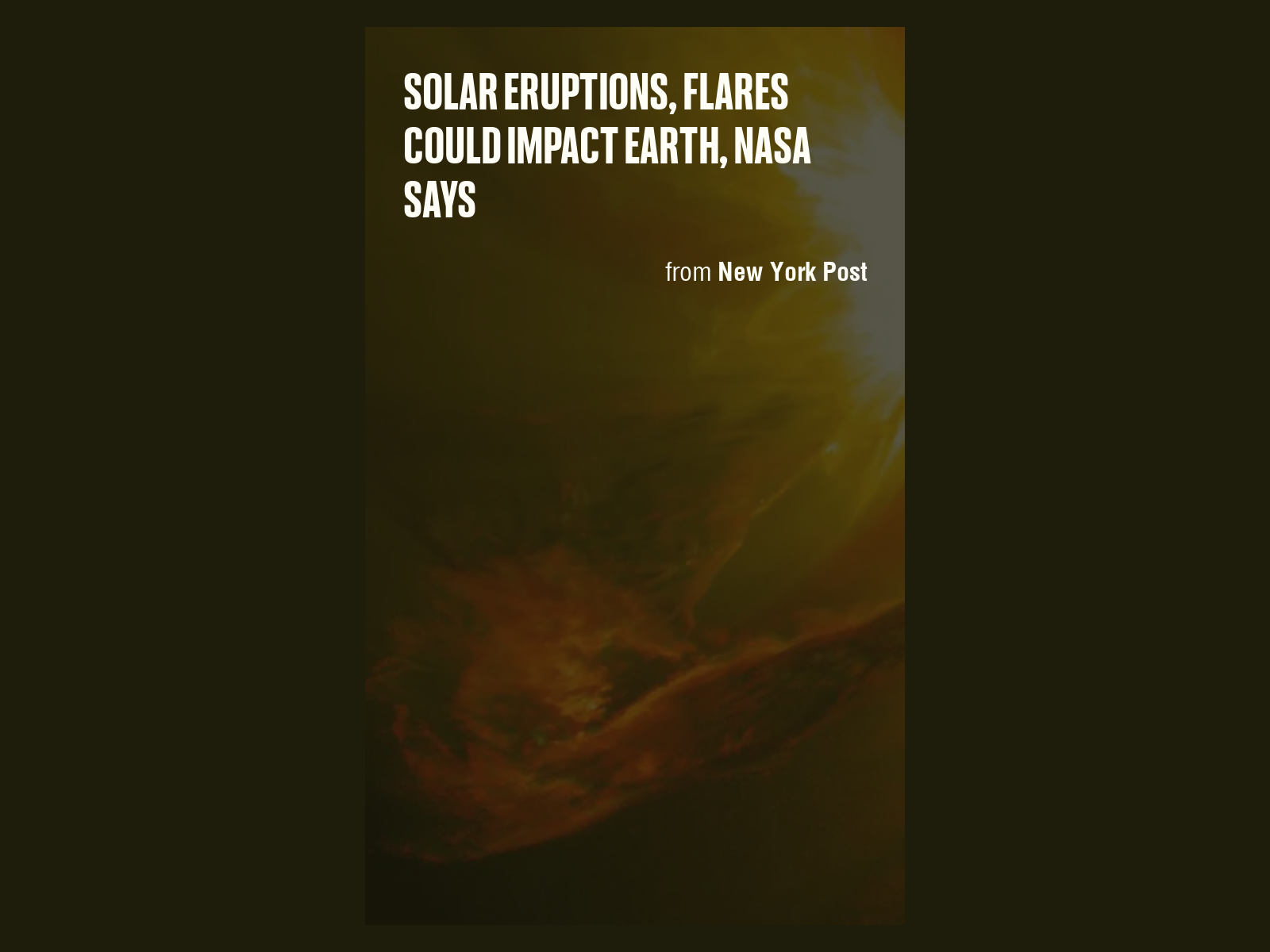Macchia Solare: Exploring Sunspots, Solar Flares, And Their Impact On Earth is the key to unraveling the intricate relationship between the Sun and our planet.
Editor's Notes: "Macchia Solare: Exploring Sunspots, Solar Flares, And Their Impact On Earth" have published today. Given the growing concerns about the potential impact of solar activity on our planet, this book is a fascinating read for anyone interested in understanding the Sun's influence on human life.
Through meticulous research and insightful analysis, this book provides a comprehensive overview of the Sun's dynamic phenomena and their effects on Earth. It explores the fascinating world of sunspots, the powerful eruptions of solar flares, and their far-reaching consequences on our planet's atmosphere, communication systems, and even human health.
| Characteristic | Sunspots | Solar Flares |
|---|---|---|
| Appearance | Dark patches on the Sun's surface | Bright, sudden bursts of energy |
| Size | Varies, but can be as large as continents | Can range from small to extremely large |
| Duration | Days to months | Minutes to hours |
| Impact on Earth | Can affect Earth's magnetic field and atmosphere | Can disrupt communication systems, power grids, and even pose a risk to astronauts |
Macchia Solare: Exploring Sunspots, Solar Flares, And Their Impact On Earth is a valuable resource for scientists, researchers, policymakers, and anyone eager to delve into the captivating world of solar science. Its well-structured content and engaging narrative make it an educational and thought-provoking read for all who seek to understand the intricate dance between the Sun and Earth.
FAQ
This section provides answers to frequently asked questions about sunspots, solar flares, and their impact on Earth.

Solar Sunspots Visible from May 19, 2024 Stock Photo - Image of 3686 - Source www.dreamstime.com
Question 1: What are sunspots?
Sunspots are dark regions on the surface of the Sun that appear as blemishes. They are caused by intense magnetic fields that inhibit the flow of heat from the Sun's interior, resulting in cooler and darker areas.
Question 2: What are solar flares?
Solar flares are sudden bursts of energy released from the Sun's atmosphere. They occur when magnetic energy stored in the Sun's corona is released, resulting in intense radiation across the electromagnetic spectrum.
Question 3: Can sunspots and solar flares affect Earth?
Yes, sunspots and solar flares can influence Earth's systems. Solar flares can disrupt radio communications, power grids, and GPS systems. Intense solar activity can also lead to geomagnetic storms that can cause auroras and interfere with satellites.
Question 4: Are sunspots and solar flares predictable?
Scientists can monitor and predict solar activity to some extent. Sunspots follow an 11-year cycle of activity, and solar flares tend to occur more frequently during periods of high sunspot activity.
Question 5: Can sunspots and solar flares pose a risk to humans?
Exposure to intense solar radiation during solar flares can be harmful to astronauts and airline pilots. Additionally, geomagnetic storms can disrupt infrastructure and pose a risk to sensitive electronic systems.
Question 6: How are sunspots and solar flares studied?
Scientists study sunspots and solar flares using various techniques, including ground-based telescopes, space probes, and satellite observations. These instruments collect data on the Sun's magnetic fields, radiation emissions, and other characteristics.
Understanding sunspots and solar flares is crucial for mitigating their potential impacts on Earth's infrastructure and human activities.
Transition to the next article section: Explore the captivating world of sunspots and solar flares further in the following sections.
Tips
To delve deeper into the fascinating realm of sunspots, solar flares, and their profound impact on our planet, consider the invaluable insights shared in Macchia Solare: Exploring Sunspots, Solar Flares, And Their Impact On Earth.
Tip 1: Comprehend the Nature of Sunspots
Grasp the intricate interplay between sunspots, the sun's magnetic field, and the solar atmosphere. Comprehend their formation, structure, and the impact they have on solar activity
Tip 2: Monitor Solar Flares and CMEs
Stay abreast of real-time updates on solar flares and coronal mass ejections (CMEs). Understand their frequency, intensity, and potential effects on Earth's magnetosphere, atmosphere, and infrastructure.
Tip 3: Explore Historical Sunspot and Solar Flare Data
Delve into historical records of sunspot and solar flare activity to identify patterns and gain insights into their long-term trends. Analyze solar cycles, magnetic polarity reversals, and the correlation with climate and societal changes.
Tip 4: Uncover the Impact on Earth's Climate
Acknowledge the significant impact that sunspots and solar flares have on Earth's climate system. Understand how they influence atmospheric circulation, cloud formation, and global temperatures
Tip 5: Assess Space Weather Effects on Technology
Recognize the potential consequences of space weather events on technological infrastructure, including satellites, communication systems, and power grids. Employ mitigation strategies to minimize disruptions caused by geomagnetic storms and radiation exposure.

Solar Science: Exploring Sunspots, Seasons, Eclipses, and More | NISE - Source www.nisenet.org
Macchia Solare: Exploring Sunspots, Solar Flares, And Their Impact On Earth
The Macchia Solare, or sunspots, are fascinating phenomena that originate from the sun's surface, influencing various aspects of Earth's environment. This exploration delves into six key dimensions of sunspots, solar flares, and their impact on our planet.
- Sunspot Formation: Magnetic field concentration creates dark, cooler regions.
- Solar Flare Dynamics: Eruptions releasing energy in the form of radiation.
- Geomagnetic Storms: Sunspots trigger disturbances in Earth's magnetic field.
- Aurora Borealis/Australis: Solar flares cause spectacular light displays near the poles.
- Communication Disruptions: Geomagnetic storms can interfere with radio communications.
- Climate Impact: Long-term sunspot cycles may influence Earth's climate.
These key aspects highlight the intricate relationship between the sun's activity and our planet. Sunspots, with their complex magnetic fields, act as conduits for solar flares that directly impact Earth's magnetic environment. These disturbances can affect our power grids, communication systems, and even the beauty of the aurora borealis. Moreover, the long-term patterns of sunspot activity may influence our understanding of climate change.
Solar eruptions, flares could impact Earth, NASA says | OMG science - Source briefly.co
Macchia Solare: Exploring Sunspots, Solar Flares, And Their Impact On Earth
The research presented in "Macchia Solare: Exploring Sunspots, Solar Flares, And Their Impact On Earth" establishes a strong connection between solar activity and various phenomena on Earth, particularly affecting communication systems, electric power grids, satellite navigation, and even human health. Understanding these effects is critical as society increasingly relies on satellite and communication technologies.

Solar Science: Exploring Sunspots, Seasons, Eclipses, and More | NISE - Source www.nisenet.org
Sunspots, as dark areas on the Sun's surface, indicate strong magnetic fields that can trigger solar flares and coronal mass ejections (CMEs). These events release immense amounts of energy and charged particles into space, potentially causing geomagnetic storms on Earth. Geomagnetic storms can disrupt satellites and create power outages, impacting infrastructure and emergency services.
Additionally, the study highlights the influence of solar activity on Earth's climate and ecosystems. Extended periods of low solar activity, known as grand minima, have been linked to global cooling events in the past. On the other hand, increased solar activity can drive higher sea levels and global warming.
Conclusion
The findings presented in "Macchia Solare: Exploring Sunspots, Solar Flares, And Their Impact On Earth" emphasize the intricate connection between the Sun's activity and Earth's natural and technological systems. The insights gained from this research play a vital role in improving our ability to predict and mitigate the potential effects of solar storms, safeguarding critical infrastructure and ensuring the stability of modern societies.
As we delve deeper into the realm of heliophysics, continuous monitoring and research will be essential for understanding the complexities of the Sun-Earth relationship and developing effective strategies to protect against space weather hazards.

